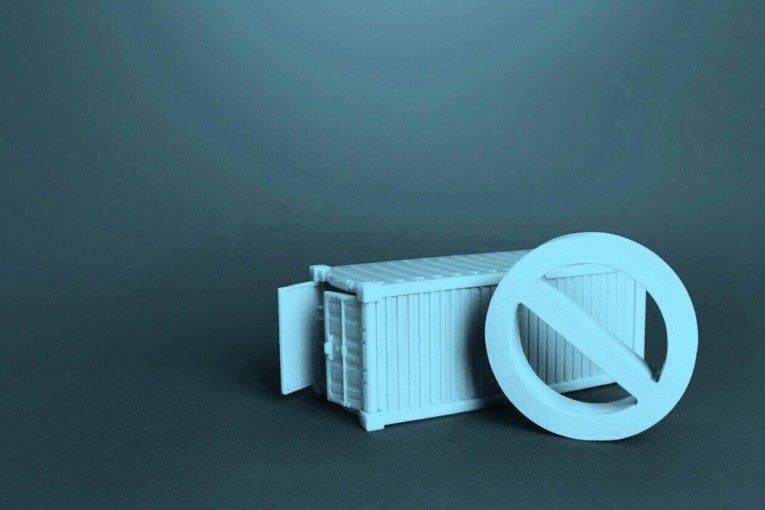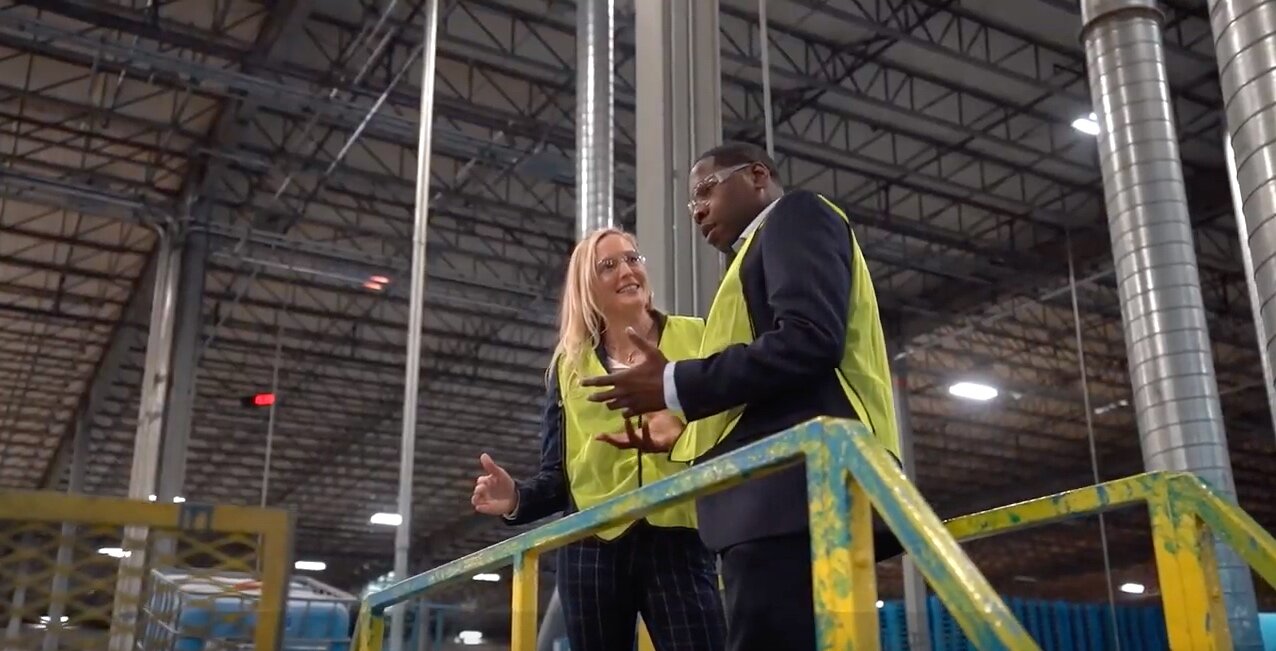The law of supply and demand drives the economy, and global supply chains are the mechanism that regulates between the two. But what happens when the mechanism becomes unbalanced and breaks down? What is the most likely outcome when surging demand meets struggling infrastructure?
We are 17 months into the largest healthcare crisis in generations, coupled with one of the most pronounced periods of social upheaval in modern history. The price of commodities has continued to increase worldwide. For example, food prices across the board have risen a dramatic 3.5% in 2021 alone. Supply chains are taxed by the resulting inflation, leaving logistics professionals asking, “What comes next?” Here’s what you can expect from the remainder of 2021 —and the beginning of 2022— in terms of the global supply chain and inflation, as well as strategies for helping your company, your vendors, and your clients build supply chain resiliency as we advance.
Beating the House When the Deck is Stacked
A perfect storm occurs when a wide range of negative influences converge. That’s what the global supply chain is currently experiencing. At this point, it barely needs to be mentioned, but the early days of the COVID-19 pandemic saw numerous supply chain disruptions worldwide. Household goods such as toilet paper became extremely scarce. Economic shutdowns forced manufacturers to close their doors and lay off a large cross-section of their workforce.
Fast-forward to the spring of 2021. As large swathes of the global economy began to reopen in earnest, demand for goods and services surged. The only problem? There weren’t enough warm bodies in place to meet the surging demand, with sudden price increases being the end result. According to the White House, we’ve seen a 19% increase in commodity prices year over year. That’s the highest that the commodities index has been since the early 1970s. Nationwide, the inflation level has crested at a significant 5.4% across all industries.
Every link along the supply chain is feeling the effects of this sudden, pronounced level of inflation. In fact, 60% of manufacturing businesses across the US report supplier delays as a result. The Suez Canal blockage didn’t help matters or record high temperatures, droughts, or hurricanes. Problems with supply, coupled with Corona resurgence and a season filled with erratic weather and natural disasters, make supply chain management feel like playing against the house when the house has a stacked deck.
Things are far from hopeless, however. For logistics professionals and established 3PL companies, the current global inflation levels serve as a true inflection point. The key to establishing supply chain resilience? Knowing what the future holds.
What to Expect Going Forward
Sunshine inevitably follows rain. In May 2021, lumber prices skyrocketed. At its peak, lumber cost $1,711 per thousand board feet. Such a dramatic level of inflation is not sustainable, though. Three months later, lumber prices have fallen more than 38%. While they haven’t returned to their pre-pandemic levels, indications are good that things will eventually settle, and global supply chains will ease over time. So what does the remainder of the year look like? What can we expect out of the global supply chain over the next year?
Consumer confidence may be down, but there are signs of significant improvement to the economy if you look outside of manufacturing. According to the White House, we’re averaging 540,000 new jobs every month, with more than 8.3 million open positions nationwide. When these jobs fill up —as they will inevitably do— supply and demand will eventually balance out, with inflation softening across the board and prices dropping precipitously.
The complexity of our “perfect storm” scenario will make the near future difficult to navigate, with a fair amount of uncertainty in the short term. Many supply chain experts warn that inflation could continue through the next 12 months in a worst-case scenario. In the meantime, there are areas that logistics professionals can turn their attention towards to mitigate the effects of inflation.
Navigating Supply Chain Challenges
The number one challenge for employers —not just manufacturers— nationwide is finding and retaining talent. COVID-19 may have taken the wind out of the economy’s sails, but with so many open jobs and so many needy job seekers, supply will eventually rise to meet demand. One of the best ways for your company to beat present-day uncertainty is by filling the gaps in your workforce with high-quality candidates. Now is the time to solidify your basic infrastructure in preparation for earnest economic recovery.
Another way you can shore up your operations is by using this opportunity to rethink how your business forecasts and stocks inventory. Pandemic life has done away with just-in-time supply orders. Manufacturers and vendors are having to back stock a greater quantity of essential materials. At the pandemic’s outset, grocery stores and big-box retailers ran into a similar problem regarding toilet paper. The key was learning to forecast necessity in response to a rapidly changing market proactively. This is a watershed moment for the supply chain management industry. Use it to your advantage and streamline your processes for the market we live in, not the market you wish we were in.
One of the most important strategies that your company can adopt is building avenues of redundancy. In other words, form a backup plan. Now is the time to seek out alternative vendors and form business relationships with them in order to build out contingencies in the case of future supply chain disruption or inflation. To that effect, near-shoring is a popular concept at the moment. Fostering local and hyper-local supply chain links is a great strategy for mitigating the disastrous effects of inflation.
Over the last 17 months, we’ve also come to collectively view access to technology as a facet of infrastructure. Optimizing your workflows using digital solutions and automation can help you meet the market’s current demands more timely and with greater agility. Now is the time to invest in your operational efficacy with a partner like Symbia Logistics. Outsourcing with a 3PL professional can help you develop supply chain resilience by giving you new avenues of redundancy and access to updated digital tools and streamlined operations.
While global supply chains are still reeling from COVID-19 and the subsequent inflation that the pandemic has created, the logistics industry will straighten out over time. Until then, we remain in a market that favors those who are proactive. Symbia Logistics can help you navigate the ongoing challenges of present-day supply chain management while helping position you for a brighter future. For more information on our services, please contact Symbia Logistics today.





